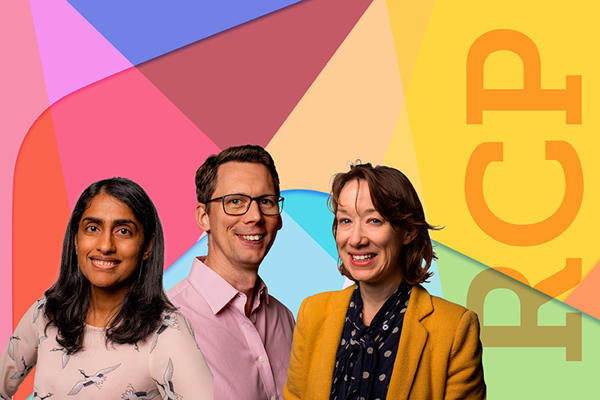The Inequalities in Health Alliance is a coalition of more than 250 organisations, convened by the RCP, which campaigns for a cross-government strategy to reduce health inequalities. This blog post from the Royal Pharmaceutical Society (RPS) is part of a series by member organisations.
In this piece, Amandeep Doll, RPS head of professional belonging and engagement, looks at the ways in which unconscious bias affects health inequalities.
What are unconscious biases and health inequalities?
You might have experienced them, you’ve likely heard of them but to some extent, all of us hold unconscious biases. These subconsciously held beliefs and attitudes, shaped by various influences in our lives, can affect the way we interact with others, including our patients. Biased attitudes and behaviours towards different patient groups can lead to differences in treatment and outcomes between those groups, ultimately resulting in health inequalities. These variations can affect all aspects of health, including access to healthcare, behavioural risks, quality of care and life expectancy.
What does unconscious bias look like in practice?
Biases are often shown as stereotypes of people who belong to a certain group based on a specific characteristic they possess. Some characteristics are protected under the 2010 Equality Act; despite this, health inequalities based on these characteristics are still prevalent and the Act does not cover other patient groups that often experience marginalisation eg refugees, traveller communities and people who use drugs. Biases come across in practice in numerous ways, for example, not fully explaining the rationale behind clinical decisions to older patients as there’s an assumption that they won’t understand or be open to listening. Another example is the delays women experience in diagnosis and care of endometriosis due to limited understanding and an assumption that it’s simply intense period pain.
What is the impact of unconscious bias on health inequalities?
On average, patients with a learning disability have a lower life expectancy. Trans and non-binary people are less likely to have their mental health needs recognised and understood. Black women are more likely to die in pregnancy than white women in the UK. These are just a few examples of how unconscious bias can affect health inequalities. As a result of unconscious bias, patients may feel embarrassed about their characteristics, conditions or needs and will therefore feel discouraged from accessing appropriate healthcare. They may subsequently self-diagnose or self-medicate, which can cause harm due to treatment delays and incorrect treatment. Overall, unconscious bias in practice can lead to a lack of trust in healthcare and poorer health outcomes for patients.
How can we tackle biases?
There are many resources available to reduce the prevalence and impact of health inequalities and empower us to become more culturally competent. Conveying respect, inclusion and becoming allies allows us to gain a better understanding of marginalised patient groups and their experiences. We can then advocate better for their needs which will increase patient trust. We need to be honest and challenge ourselves on our assumptions and beliefs about different patient groups. By actively looking at our patients’ perspectives and considering the accuracy of stereotypes, we can tackle unconscious bias in healthcare and reduce the impact of health inequalities.
This piece is part of a series of guest blog posts by members of the Inequalities in Health Alliance.





